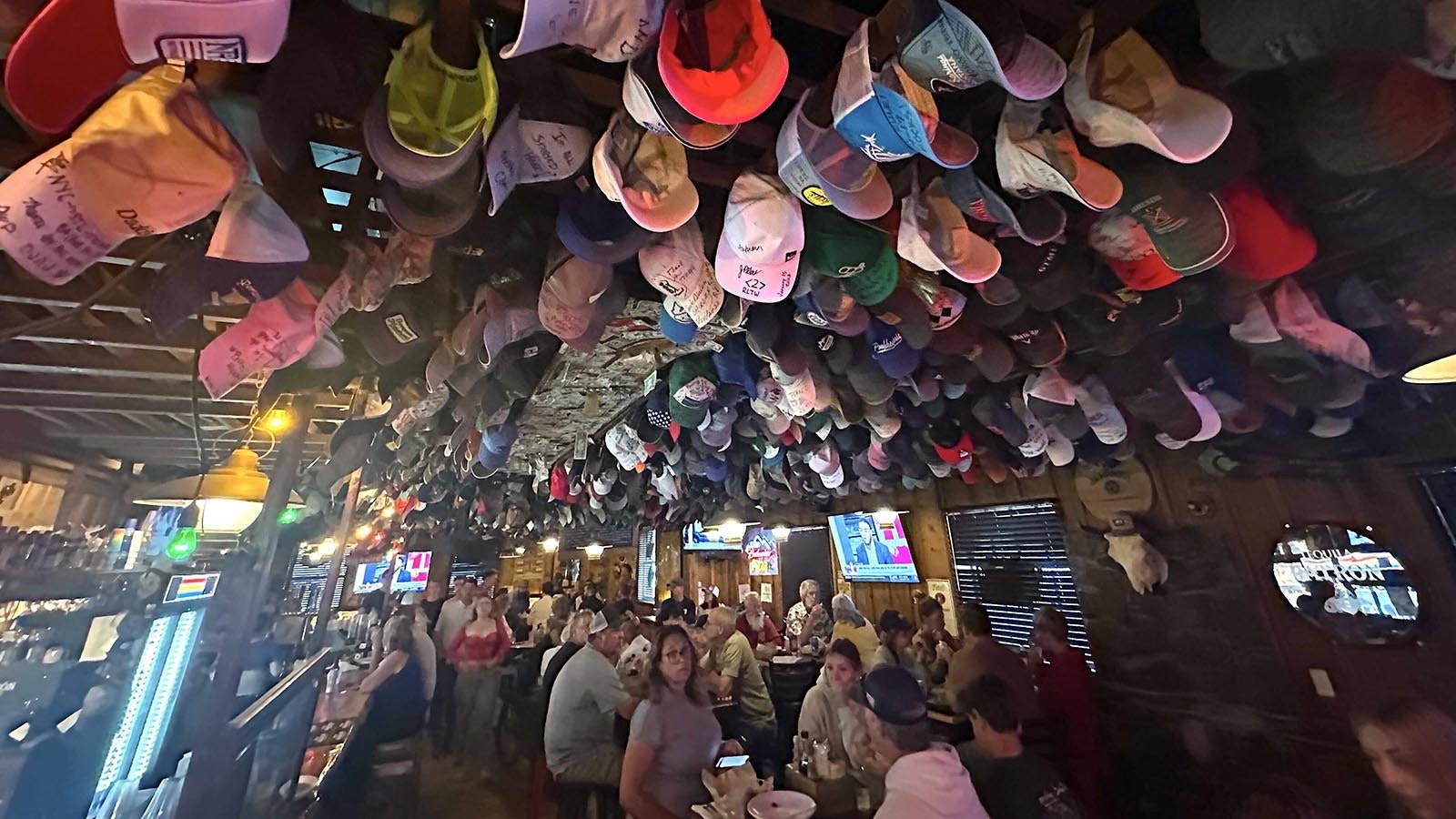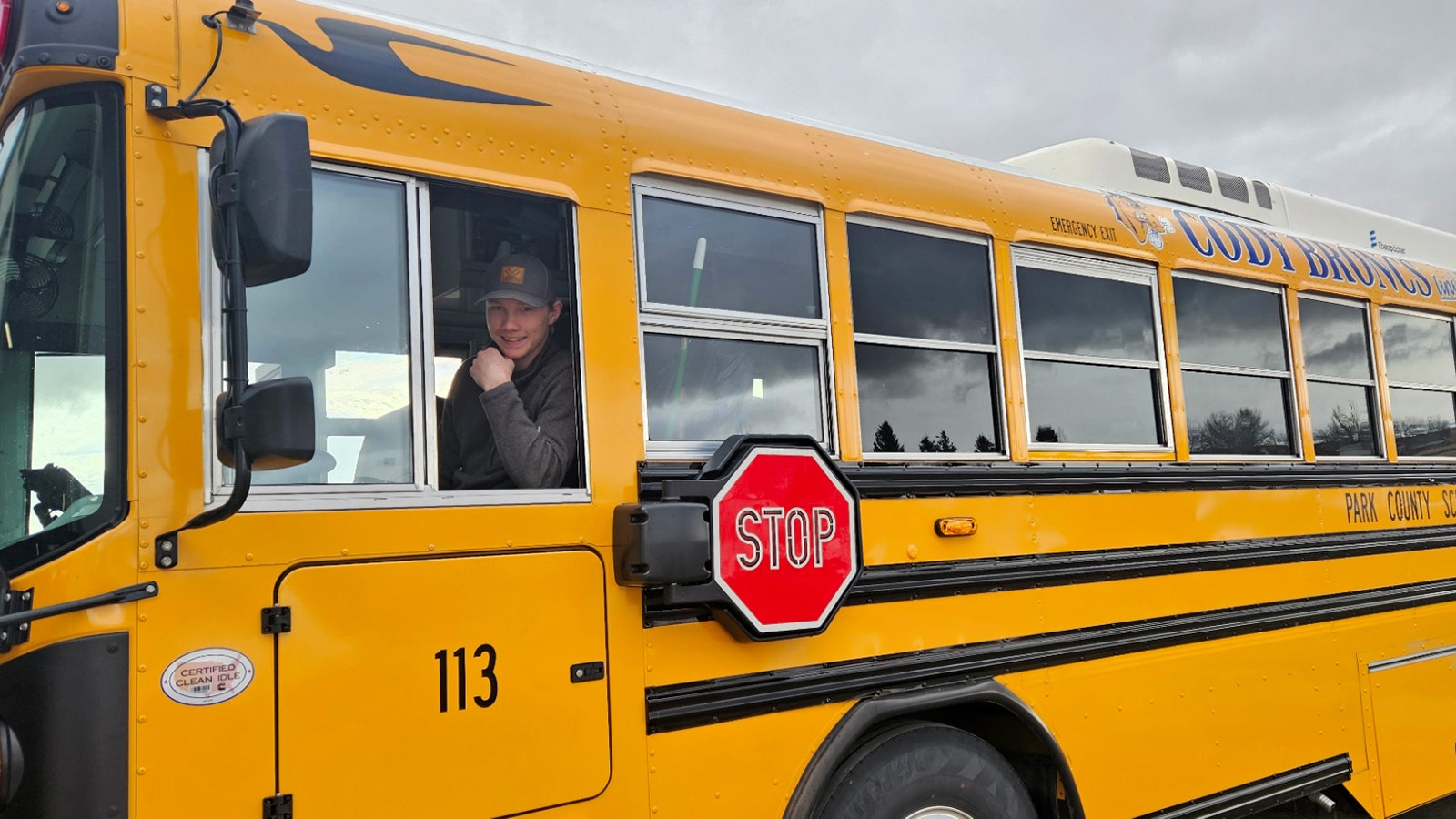Despite opposition from unions and federal and state governments to running trains with fewer than two crew members, Union Pacific appears to be initiating a pilot program to test how trains can be run with just an engineer.
The tests will happen later this summer, including one running between Denver and Cheyenne. During the tests, the trains will run with both a conductor and engineer, but a conductor in a truck will be on call to respond to any problems.
Land-Based Conductor
Typically, engineers operate the train while conductors oversee the activities of the support crews.
In a letter obtained by Cowboy State Daily, Luke Edington, general chairman of SMART-TD, a railroad labor union, warns Union Pacific CEO Lance Fritz that the recently negotiated contract between unions and the railroad requires a two-person crew.
Jason Pinder with Union Pacific testified about the pilot program last week at a public hearing in Kansas on a bill that would require two-person crews on all trains in the state.
Pinder testified, according to Edington’s letter, that “it will be a conductor in a truck or train person-craft that responds to trains, plural, not a single train.”
Lots Of Conductors
Besides the union opposition to reducing crew members on trains, Stan Blake, a former Wyoming legislator and retired conductor for Union Pacific, told Cowboy State Daily that there are practical obstacles to making such a system work.
For example, between Cheyenne and Laramie — 45 miles — Blake said there may be six trains. If more than one train runs into problems, they will need to have conductors ready to respond.
“They got to have a conductor in a truck every 10 miles,” Blake said.
Likewise, there are areas of track that trucks can’t get to, especially when there’s a lot of snow on the ground.
“It’s not going to happen, I believe,” Blake said.
Union Pacific said that despite what Pinder’s remarks implied during testimony, the pilot program will not go against any contract agreements concerning two-person crews.
Mike Jaixen, senior manager of communications for Union Pacific, told Cowboy State Daily that the pilot program is an expanded utility position and a conductor will remain inside the cab of the locomotive during the program.
Jaixen said the contract ratified with SMART-TD gives the company the ability to establish a ground-based enhanced utility position.
“This position works on a fixed schedule and is dispatched in a truck to respond to planned and unplanned events along the mainline,” Jaixen said. “The idea is to learn how this role can support train movement. While these operations are ongoing, two people will remain in the cab.”
Reduced Dwell Time
Blake said the railroad companies have long been trying to find ways to reduce what’s called “dwell time.” This is the time when a car is sitting in a yard and not moving.
For example, crews used to build trains in Green River. So, if they had a train going to Ogden, Utah, they’d attach all the Ogden cars to the locomotive, and maybe some going further west.
Now, when a train is going to Ogden, it will pick up cars in Green River to take them to Ogden. He said the process creates a lot of chaos as trains block the main line as they pick up cars.
“Before, we would build a train, they would put the power on, and boom — they’re gone,” Blake said.
He said companies also are trying to run longer and longer trains. Big Boy 4014 was recently called to assist a locomotive having a mechanical issue. Blake said he believes that issue was likely caused by the locomotive trying to pull too much weight.
“You don't pull a six-horse trailer full of horses with a Volkswagen Bug,” Blake said.
Safety Issues
Ken Esquibel, a Cheyenne council member and retired train engineer, told Cowboy State Daily that any plans to reduce crews on trains will run into more than just union opposition.
The derailment in East Palestine, Ohio, in April that sent visible clouds of toxic smoke into the air has only added to the concern over railroad safety.
The incident led to Congressional bills that would require two-person crews. A Senate bill, which had bipartisan support, hasn’t been heard on the Senate floor. Reluctance to approve new regulations in the Republican-controlled House means the bill would face an uphill battle if it made it that far.
“I don't know how companies can go around an act of Congress, at least at this point,” Esquibel said.
Regardless of any federal legislation, nine states have passed laws requiring two-person crews, including Colorado. If Kansas’ bill becomes law, it will be the 10th state to ban one-person crews.
Instant Decisions
Esquibel said a train needs a second set of eyes when it’s moving.
“You can't replace the ability to make a decision in an instant on the train with having someone out there that's in a truck,” Esquibel said.
Getting a truck out to assist trains with problems, he said, is also very difficult. There are places along the rails you just can’t drive to.
Esquibel said that they had a train break down last winter during a snowstorm, and it sat where it stopped for three days.





